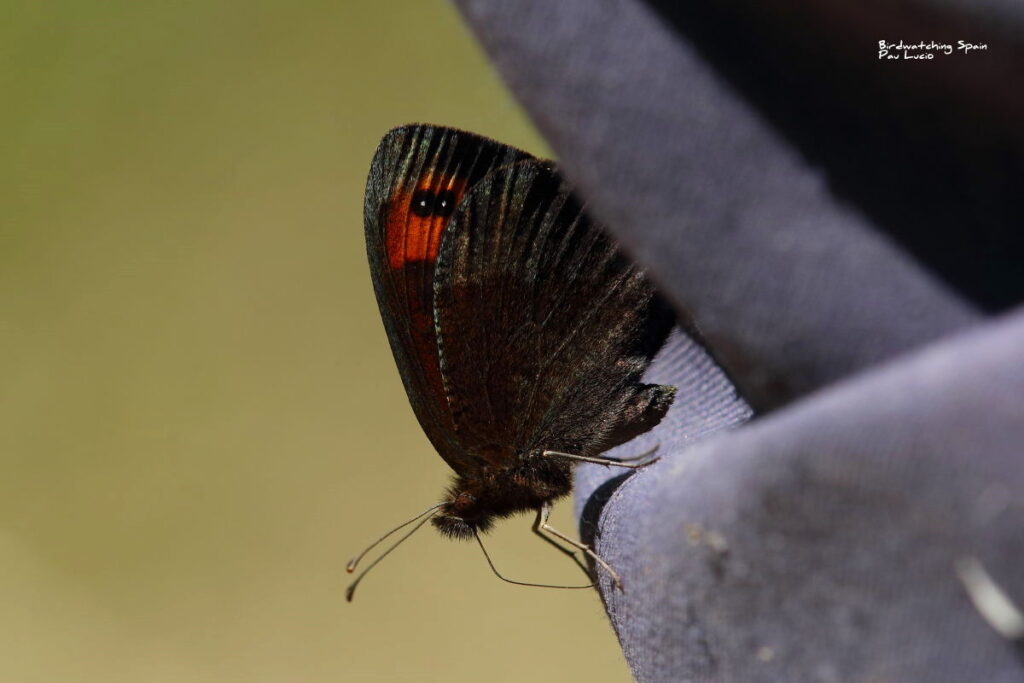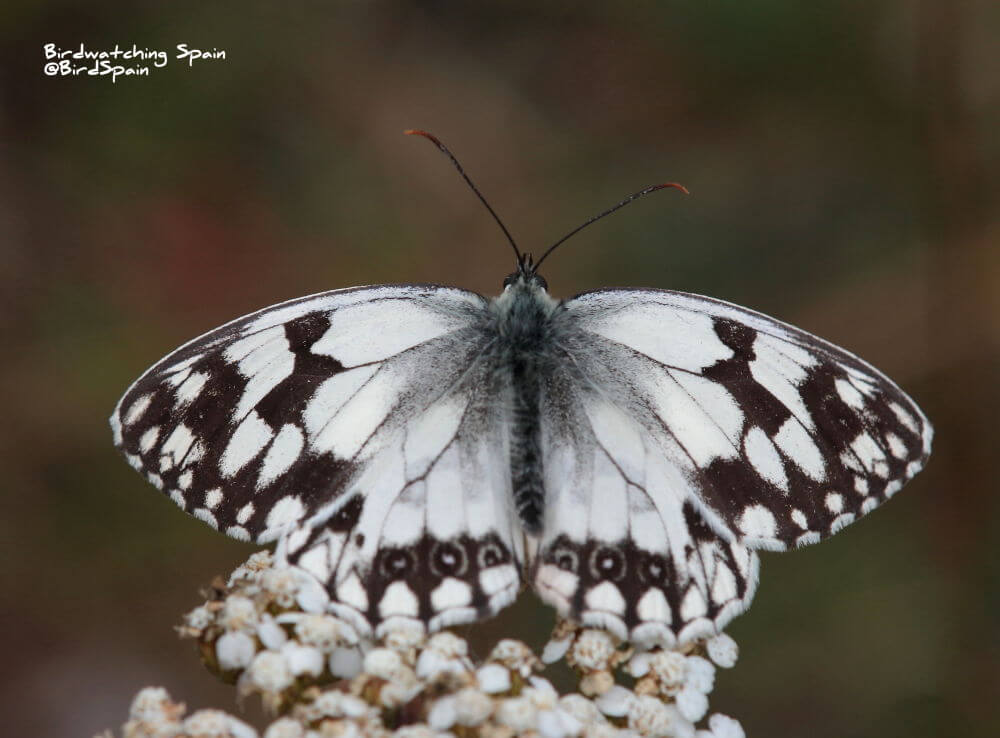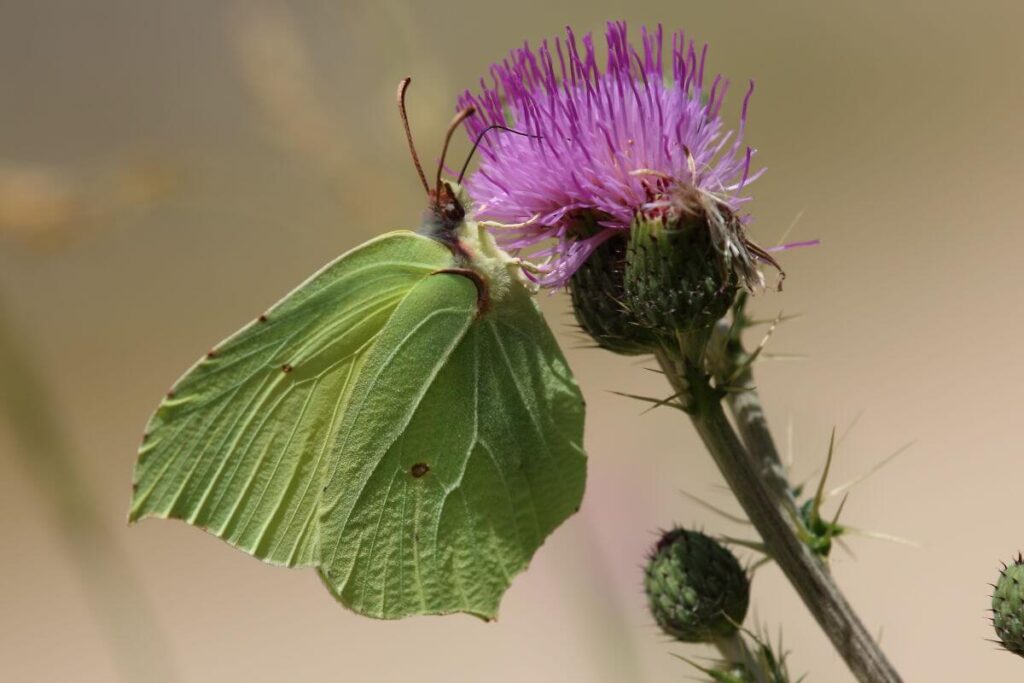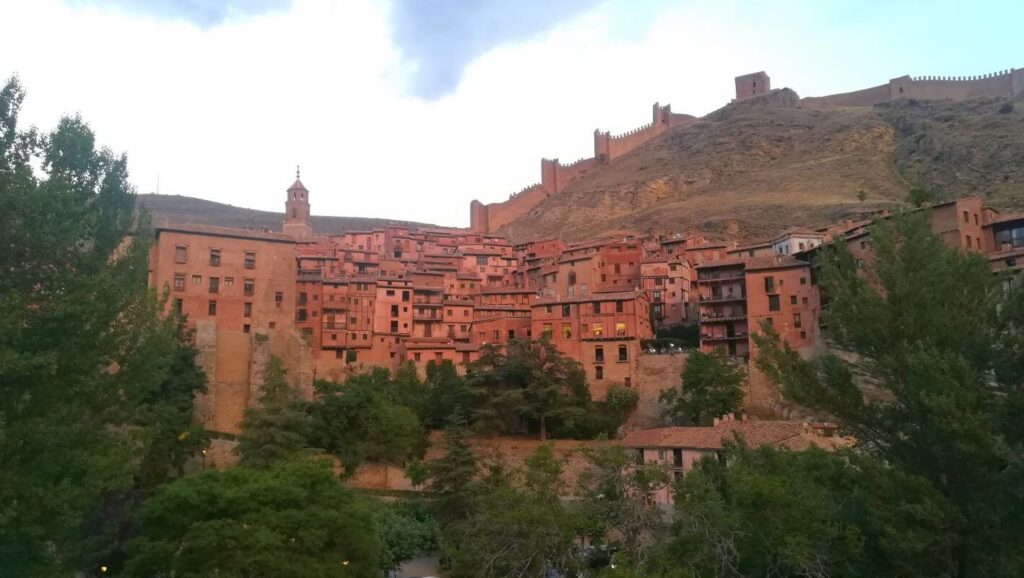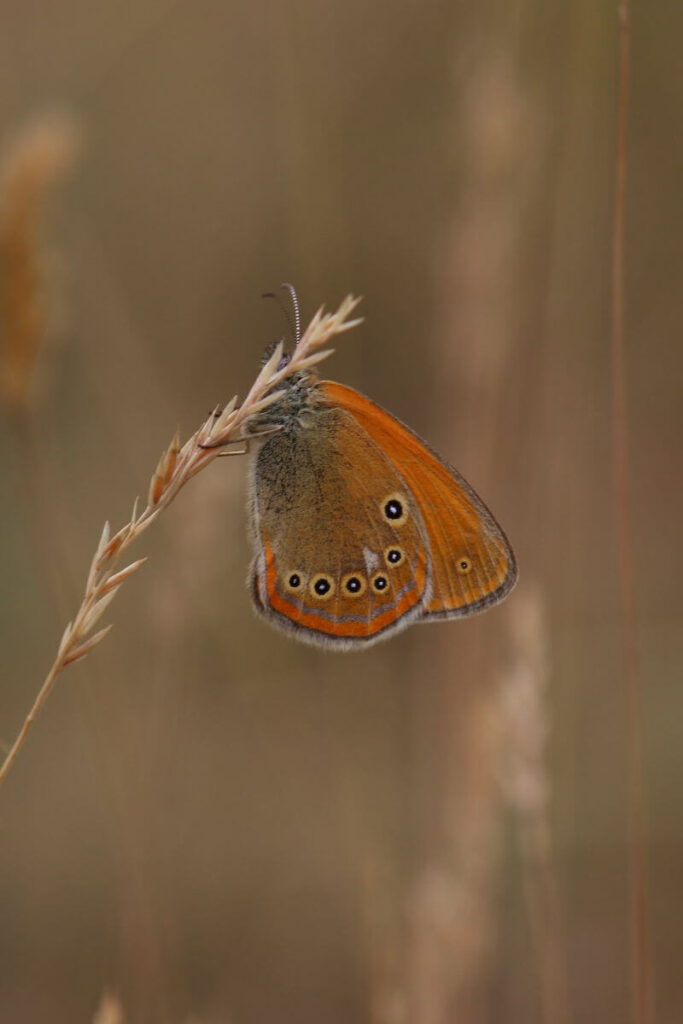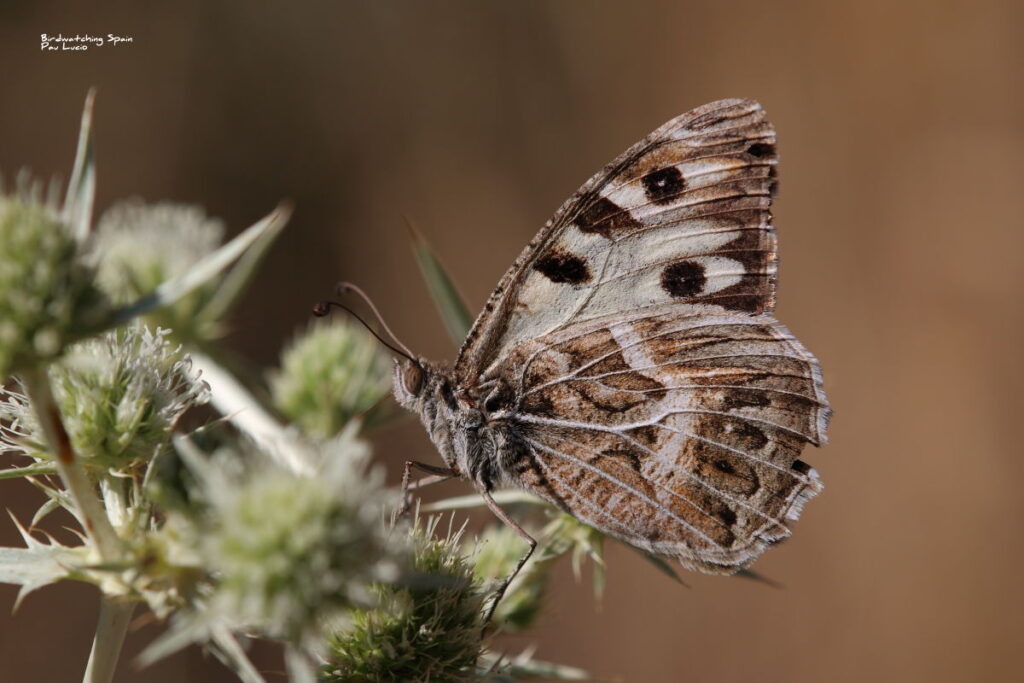Birdwatching and wildlife tours in Spain
Dragonflies and butterflies in Montes Universales
During this 6-day holiday we explored Valencia Region and Montes Universales in search of butterflies, dragonflies and birds. The first two days were spent in Valencia looking for the new discovered Cazuma Clubtail (Onychogomphus cazuma) and other interesting dragonflies species found in rivers. In addition, we visited the Albufera de Valencia looking for birds, and some coastal butterfly species such as African Grass Blue, Mediterranean Skipper and dragonflies such as Black Percher or Long Skimmer. The second part of the trip was in Montes Universales, a lovely mountain range with a remarkable diversity of butterflies, including endemic and some specialities such as Oberthur’s Anomalous Blue, Mother of Pearl Blue, Damon Blue, Zapater’s Ringlet, Iberian Sooty Copper, Spanish Argus and Southern Hermit to name few.
Day 1. Valencia airport-Cazuma Clubtail spot
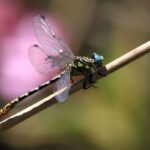
After greetings and loading the minibus, we set off to the municipality of “Canal de Navarrés”. On the way, we stopped in a bar to get some sandwiches and coffee, and shortly we were in the river looking for dragonflies while we have our lunch. Soon, we found Southern and Keleed Skimmer and White Featherlegs. Among the grasses, there were Blue-eyed Damselfly and Common Bluet. Besides, Dusky Heath, Striped Grayling and Spanish Gatekeeper were the more common butterflies of the day. On the ground, a gorgeous Orange-winged Dropwing was resting and close by there was a Large Pincertail. We kept looking for Cazuma Clubtail but no luck. However, we added some new dragonfly species before going to the hotel. These were Orange Featherleg, Pronged Clubtail and a glimpse of Western Spectre. Regarding birds, flocks of Bee-eaters flew South in their migration to Africa.
Day 2. Dragonflies in Valencia-Albufera de Valencia-Albarracín
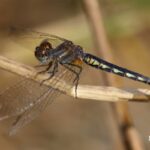
After breakfast, we tried another location for the Cazuma Clubtail. The first dragonfly was a Goldenring followed by a Small Pincertail which got us very excited as we thought it was a Cazuma Pincertail. Walking to an open area, Sam found a Pincertail sunbathing in a branch which after a close inspection turned to be a Cazuma Clubtail. Fantastic! While the group gathered everyone to enjoy this beauty, a Violet Dropwing flew in front of us.
We got back to our vehicles and started driving north towards the Albufera de Valencia. As soon as we arrived, we were surrounded by Red-veined darters which is by far the most common species in wetlands. In addition, we found a female Black-tailed Skimmer and a couple of Black Perchers. On the paddy fields, there were Squacco and Purple Herons, Gull-billed Terns and Whiskered Terns.
After having lunch in a picnic area, we visited the outskirts of a green filter where we saw the only African grass blue butterfly. There were also two nice dragonflies: Long Skimmer and Banded Groundling, and birds. On the track, we spotted a Turtle Dove picking grain. Then, Pau found among the reeds a beautiful Purple-swamp-hen and Little Bittern.
After a coffee in el Palmar, we departured to the delightful town of Albarracín, which was our location during our stay in Montes Universales.
Day 3. Butterflies in Montes Universales-Vallecillo-Ojos del Cabriel
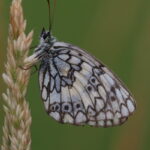
After a relaxed breakfast, we set off to the tiny village of el Vallecillo. The sky was cloudy and our first butterflies were still asleep hanging in the grass. They were the beautiful Twin-spotted Fritillary, Turquoise Blue and Spanish Chestnut Heat. As the temperature rose and the sun shone, two species of Marbled Whites started to fly, the abundant Iberian Marbled White and Esper’s Marbled White.
In the damp meadows there were Purple Shot Coppers and Lesser Marbled Fritillary. In a muddy terrain our guide found a nice variety of blues, which include Escher’s Blue, Silver Studded Blue and Damon Blue. Along the track side we found two more species, Safflower Skipper and Mother of Pearl Blue. Other remarkable species included Zapater’s Ringlet and False Ilex Hairstreak.
The evening spot produce Spanish Purple Hairstreak which was difficult to spot due to the overgrown vegetation which covered the path.
Day 4. Butterflies in Serrania de Cuenca
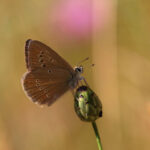
Today the group had the longest drive of the day visiting different spots in the Serrania de Cuenca. In our way to Tragacete, we stopped in the top of a mountain pass looking for Spanish Argus. We managed to see around 20 butterflies. In the same spot we saw Blue-spot Hairstreak and two Apollo butterfly.
The following area was in the surroundings of Tragacete. This area is heaven for butterflies! There were Knapweed Fritillary, Southern White Admiral, Large Skipper and Silver-washed Fritillaries nectaring on thistles. The damp track hosted cloudes of blues, mainly Azure Chalk-hill, Mother of Pearl Blue, Oberthur’s Anomalous Blue and Ripart’s Anomalous Blue. In addition, there were two odonata species Beautiful Damselfly and Ruddy Darter.
The evening’s count showed a partial count of an impressive 60 species of butterflies. Regarding birds, sightings included, Bonelli’s Warbler, Egyptian and Griffon vulture.
Day 5. Bronchales and Sierra Alta
The first stop of the day was in a beautiful meadow halfway to Bronchales. Soon, we find Iberian Scarce Swallowtails, Chestnut Heath and Oriental Meadow brown. We continued towards Sierra Alta watching some forest birds: Crested Tit, Short-toed Treecreeper, Crossbills and Booted Eagle.
We had lunch in beautiful meadow watered by a spring. There was a wide array of butterflies: Queen of Spain Fritillary, Dark Green Fitillary, Wall Brown and False Grayling. Before leaving we found a new specie for the trip, the Iberian Sooty Copper.
Day 6. Albarracín-Valencia airport
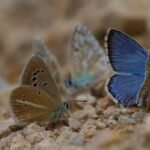
Having booked all the guests an afternoon flight, there was time for a morning visit to a close location. In this dry and arid place, we added Adoni’s blue, Southern Marbled Skipper and Sage Skipper among others. A bit further down on the same dry river bed, we found Berger’s Clouded Yellow, Chapman’s blue, Spanish and Azure Chalk hill Blue and Cinquefoil Skipper. But, among all, the most wanted was Southern Hermit!
After lunch, we left these gorgeous mountains and dry for two hours until we got to Valencia airport. The final count make 93 species of butterflies and over 20 dragonflies.
Please, do not hesitate to contact us for more information about dragonflies in Valencia and a butterfly trip to Montes Universales. For a scheduled trip, please visit the tour calendar.

Zapater’s ringlet 
Iberian Marbled White 
Brimstone 
Albarracín 
Spanish Chesnut heath 
Southern Hermit
